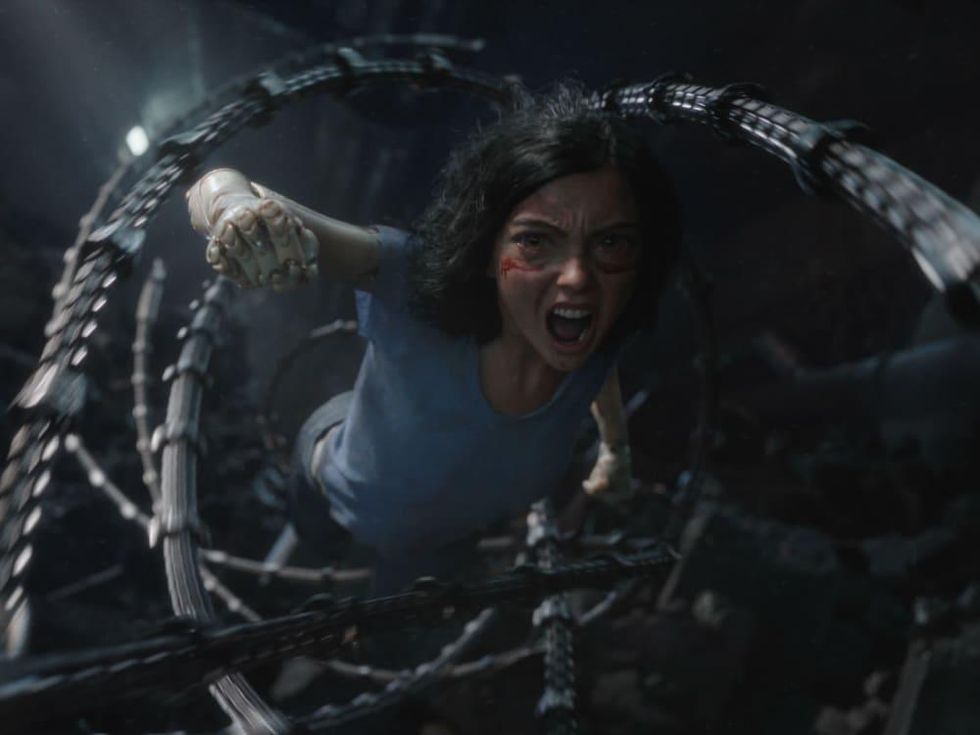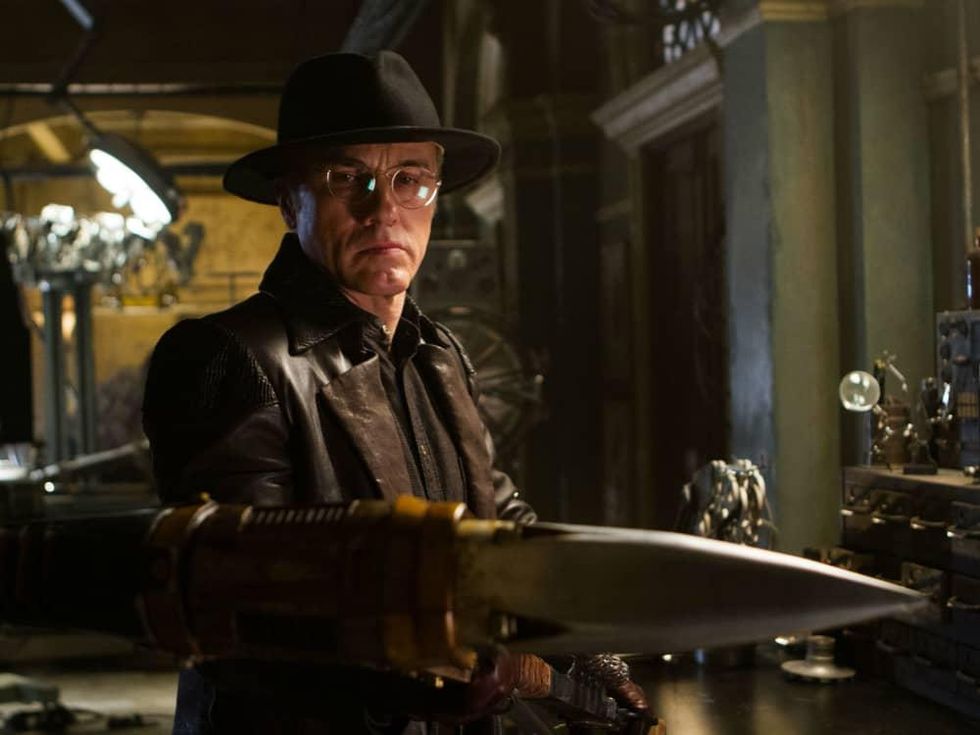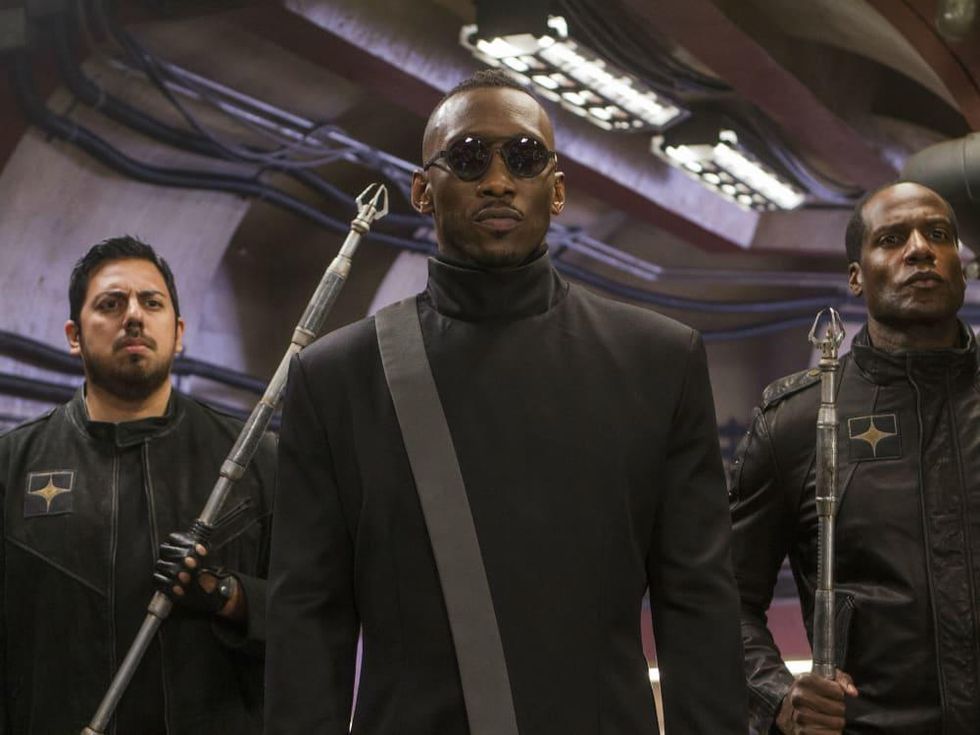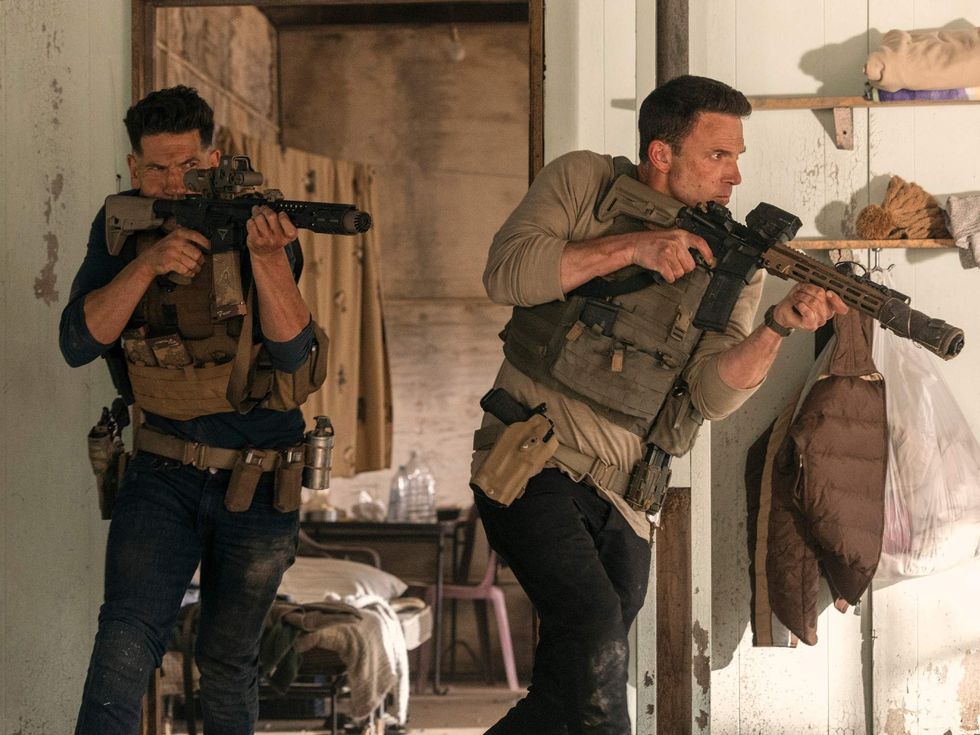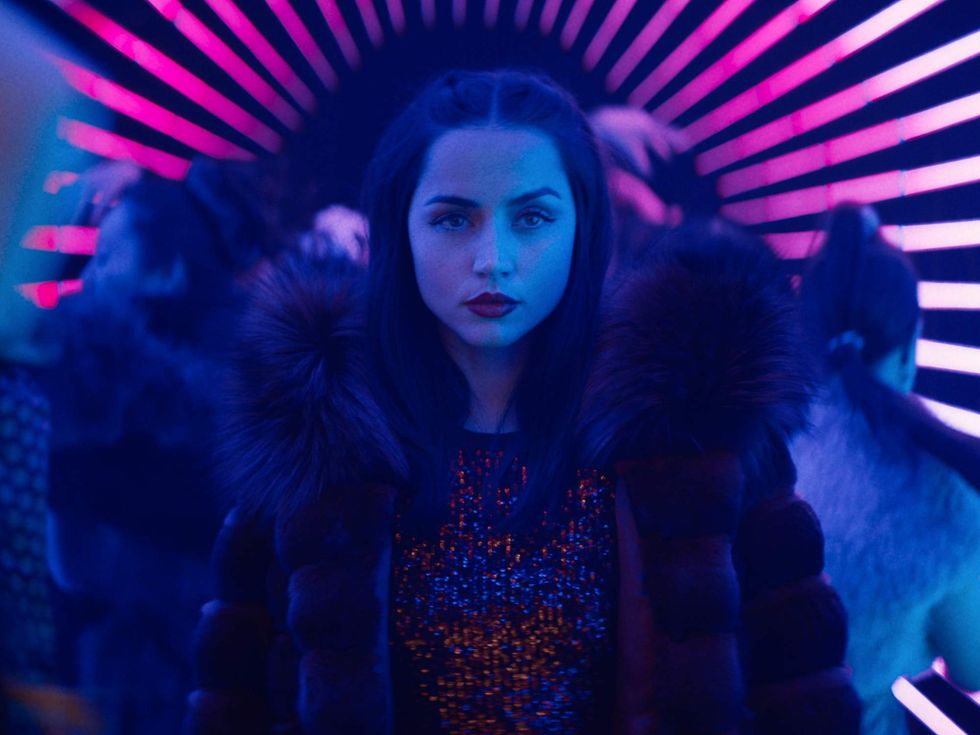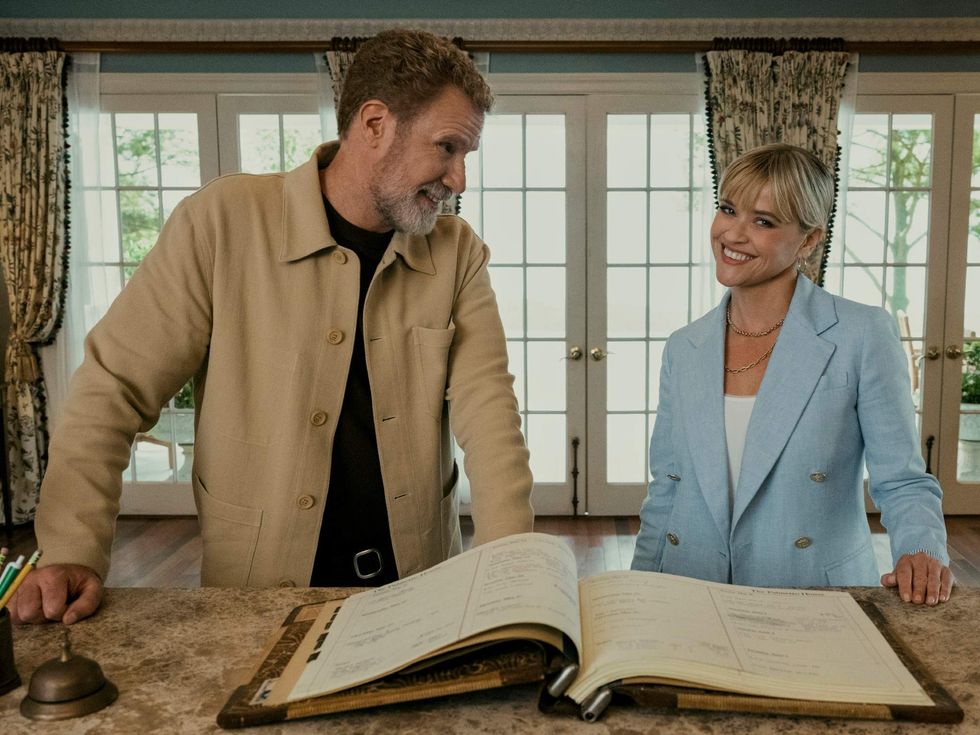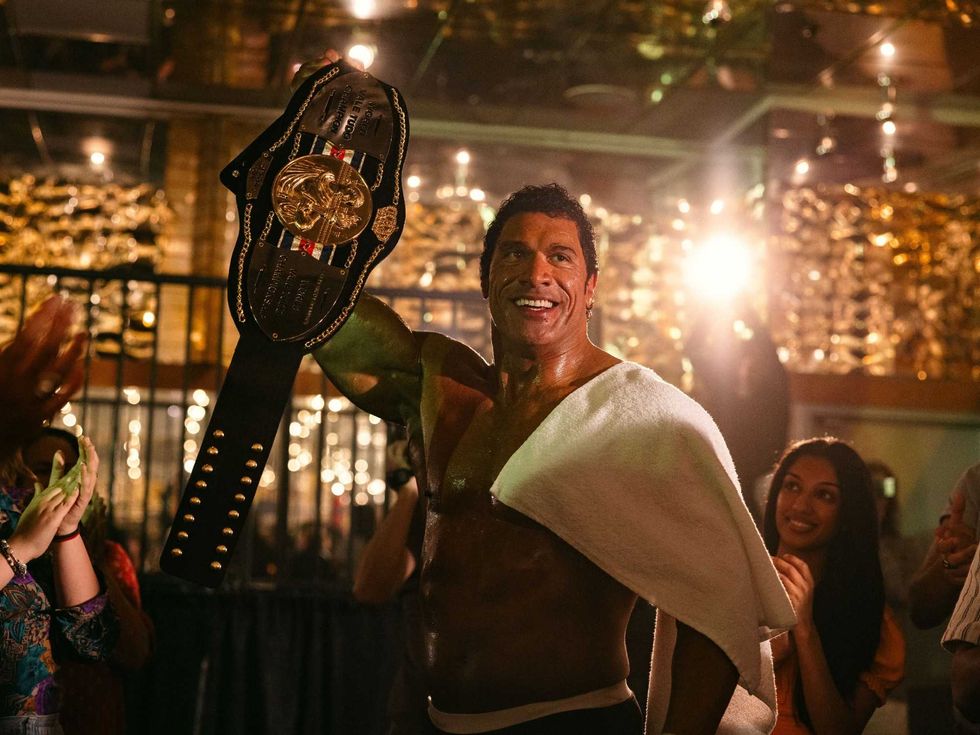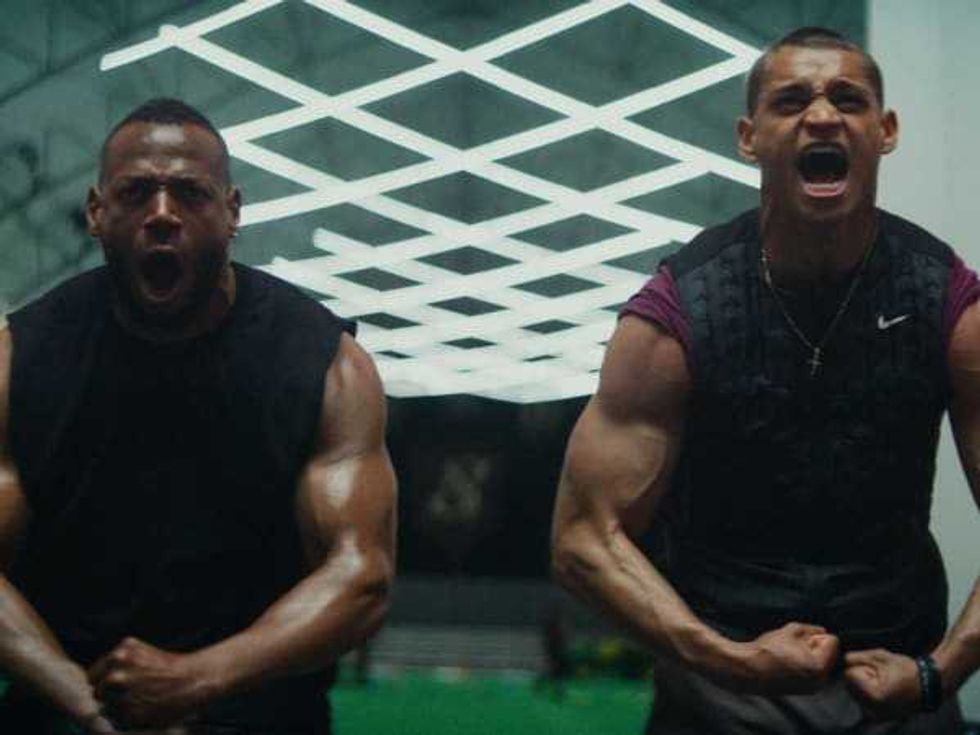Movie Review
Alita: Battle Angel looks great, but muddled plot holds it down
Getting a new movie involving James Cameron is a rare thing these days. Since he made Titanic in 1997, he has released exactly one other narrative feature film, 2009’s Avatar. He’s gone down the rabbit hole of that world, long promising sequels that have yet to materialize. One of his other long-gestating ideas — Alita: Battle Angel, the adaptation of the Japanese manga Battle Angel Alita — is now seeing the light of day, though with Cameron as only co-writer and producer.
Instead, Robert Rodriguez serves as director and co-writer for the epic action movie, set in the late 26th century when most people live in the overcrowded Iron City, hoping to one day get to the sky city overhead known as Zalem. Dr. Dyson Ido (Christoph Waltz), a human cyberphysician who helps create and repair cyborgs, discovers the remains of a barely living female cyborg in a junkyard. Using a custom body he had built years earlier, he brings her back to life and names her Alita (Rosa Salazar).
Alita has no memory of her previous life, but she soon discovers some extraordinary abilities thanks to Dr. Ido and a budding relationship with Hugo (Keean Johnson). But she must also deal with the overarching specter of Vector (Mahershala Ali), who runs the violent sport known as Motorball, a group of bounty hunters, and Chiren (Jennifer Connelly), Dr. Ido’s ex-wife, whose intentions are not always good.
The film’s biggest success is immersing the audience in the world the humans and cyborgs inhabit. Rodriguez has long been at home in the digital world, setting the Spy Kids series and Sin City series entirely in that domain, and that experience shows here. From the city landscapes to the plethora of mechanical bodies to the high-speed action of Motorball, the CGI in the film is nearly perfect and keeps it watchable throughout.
That includes Alita herself, although due to her overlarge eyes and slightly less than human skin, she never quite gets out of the uncanny valley. Still, Cameron, Rodriguez, and co-writer Laeta Kalogridis make Alita into an elite action hero, giving her a relatable backstory and skills that would be the envy of any other similar character.
Thankfully, the movie has those things to fall back on, because the main story is extremely muddled. There’s an overlord in Zalem who has a mysterious nefarious plan that somehow involves Motorball, but it never quite makes sense. Alita’s story arc would be a by-the-books underdog tale, but the filmmakers introduce so many side stories that the film loses focus and can’t quite make her as triumphant as she should be.
Alita is a compelling character, but how much credit Salazar should be given in her creation is unclear. The character is completely CGI, so even though Salazar provides her voice and undoubtedly many of her movements, it’s those big eyes and robotic body that do much of the emotional work. Other cyborg characters, like Ed Skrein’s Zapan, have recognizably human faces molded onto robot bodies, making their performances stand out more.
Movie fans can only dream what it would have been like had Cameron decided to fully devote himself to the creation of Alita: Battle Angel. While Rodriguez makes for a decent substitute, he’s not quite the master storyteller that Cameron is, and it shows in this hit-and-miss movie.

